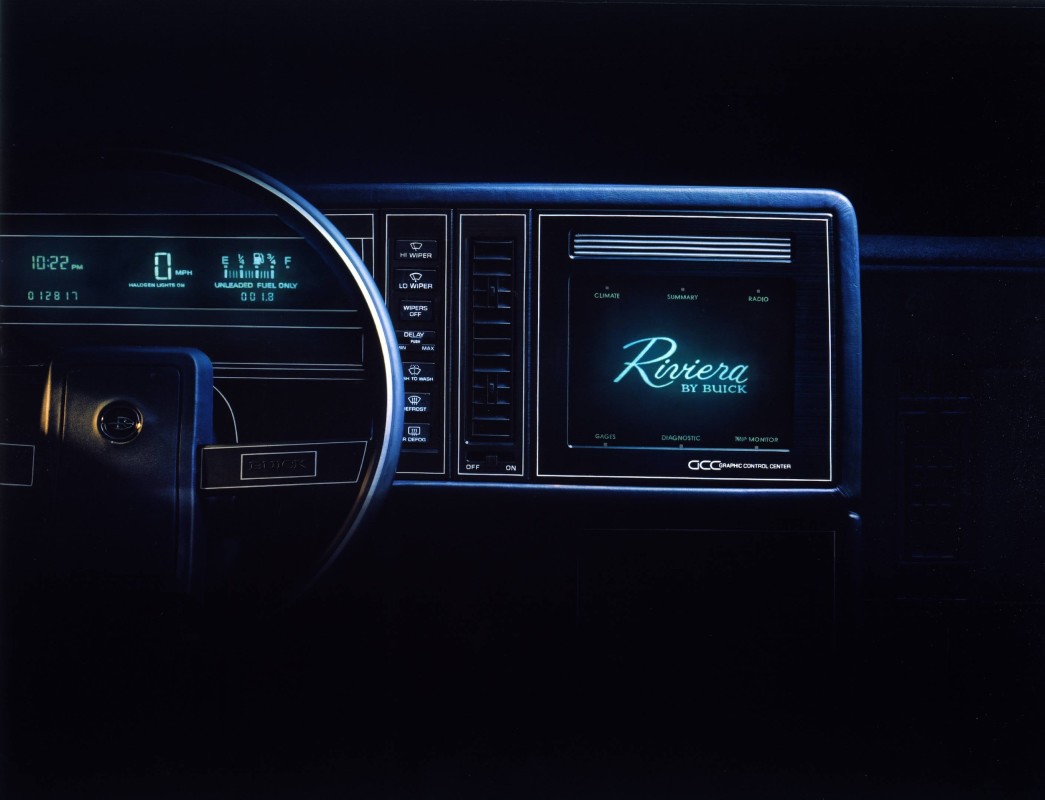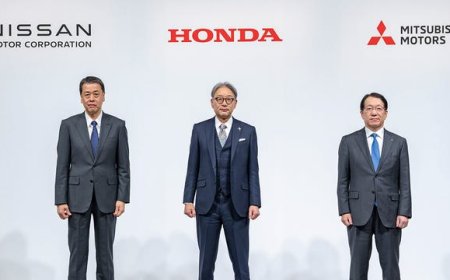Fascinating military innovations powering your car’s best features
From GPS to night vision, these groundbreaking military technologies have shaped the advanced features we rely on in modern cars.

Americans take much for granted, particularly how much our armed forces contribute to our health and well-being. Typically, it’s their technology needs that led to the internet, microwave ovens, duct tape, cargo pants, M&Ms, energy bars, plastic wrap, wristwatches, reconstituted meat and SUVs.
Correspondingly, if you love driving your Jeep Wrangler with satellite navigation on a touchscreen while wearing aviators and munching on a McRib sandwich, it’s all due to the military. That said, much of the modern technology in our vehicles originated with the military.
Consider the following.
Radar
Radar is used for new car driver assistance technologies like collision avoidance, autonomous cruise control and other systems. But its discovery dates to the Victorian era.
German physicist Heinrich Hertz created radar in 1888, after figuring out that the speed of radio waves could be measured. In the early 1900s, German engineer Christian Hülsmeyer tried to marketing radar to the German military based on Hertz’s ideas. They weren’t interested.
But the U.S. Naval Research Laboratory was. This led to radar’s military use by 1922, and was widely utilized by the U.S. military during World War II. Today, it’s used not only by your car, but also by the highway patrol.
The 1999 Mercedes-Benz S-Class was the first car to use radar with its Distronic adaptive cruise control system. 
Sport utility vehicles
More than one-in-two new vehicle sales are SUVs, none of which would not exist without the U.S. Army. In July 1940, they released an RFP for a small “light reconnaissance vehicle.” Of the 135 companies invited to bid, only American Bantam, Ford Motor Company and Willys-Overland Motors respond. It’s simple for American Bantam. The American Austin spin-off builds small cars that fail to find many buyers. But Bantam uses them to create a Jeep prototype in a mere 49 days.
Related: 2026 Genesis GV70: Small changes, big impact—here’s what’s new
Bantam’s reward for meeting the government's urgent request? Their blueprints are given to Willys and Ford, which win the government contract. Bantam is history. Yet what they created now accounts for 56 percent of new vehicles sold in the U.S.
CPUs
The element of the computer that actuates software, the central processing unit, or CPU, now numbers anywhere from 50 to more than 100. They control your car’s driveline, climate control, advanced driving systems and infotainment. Not surprisingly, they account for 40 percent of a new car’s cost.
They date to 1946, when the University of Pennsylvania unveils the first programmable computer as an electronic calculator for the War Department. Unlike your laptop or mobile phone, it’s far from diminutive. With 18,000 vacuum tubes, 10,000 capacitors, 6,000 switches, and 1,500 relays, it fills 40 cabinets and weighs 30 tons. And here you thought your laptop is heavy.
The first car equipped with a CPU was the 1968 Volkswagen Type 3 as part of the Bosch electronic fuel injection.
Satellite navigation system
That guidance your vehicle receives comes from global positioning satellites orbiting the earth.
The system started when the Soviets launched the Sputnik satellite in 1957. Scientists at MIT realize they can gauge the satellite’s distance using the Doppler Effect, measuring the radio signals' frequency and distance from earthbound receivers by measuring the shifts in its radio signal to learn of the satellite’s distance using multiple atomic clocks to calculate the time within 100 billionths of a second.
This led the United States Navy to develop Transit, the U.S. Air Force Timation and the U.S. Army SECOR. In 1968, the projects merge into the NAVSTAR Global Positioning System. Approved for development in 1979, the first NAVSTAR satellites are launched a decade later.
The 1990 Mazda Eunos Cosmo is the first car to offer it as an option.
Related: What future Jaguars might look like
Capacitive touchscreens
Thank the British for the touchscreen. It began at the Royal Radar Establishment, the advanced research arm of Britain’s Air Ministry, in 1965. Its screen is several layers of plastic and glass covered with a conductive substance. An electric circuit is completed when the screen is touched, instructing the operating system to react.
Air traffic controllers were the first to use it. It wasn't until 1982 that the Hewlett-Packard HP-150, a PC running MS-DOS on a Sony touch-sensitive 9-inch CRT, became available to consumers.
Three years later, the 1986 Buick Riviera introduced the touchscreen to motorists.
Buick
Night vision
Ponder the battlefield advantage of having devices that can see in the dark. Night vision works by image intensification, which enhances ambient light, such as moonlight or stars. It also can employ thermal imaging, which records the infrared radiation that objects and people release, allowing for use in total darkness.
Initially developed by the Germans in World War II, it required a flatbed truck to move around. After the war, the U.S. Army worked with RCA to develop night vision devices used during the Vietnam War. It wouldn’t be perfected until the 1990s, where it played a crucial role in Operation Desert Storm.
First offered as on the 2000 Cadillac DeVille, it’s now common for avoiding deer and pedestrians on dark country roads, rather than the Vietcong. 
Aviator sunglasses
Now a stylishly iconic design symbol and essential for sunny days, aviators were created after test pilot Shorty Schroeder flew a biplane above 33,000 feet. Schroeder's eyes froze after removing his insulated goggles, which had fogged. Stunned by the experience, his buddy Lt. John Macready collaborated with Bausch & Lomb to create glasses with green lenses, which markedly reduce glare. They also prove lighter than goggles.
They debut as Ray-Ban Aviators in 1936.
From the front lines to the fast lane
From the creation of radar systems to the advent of night vision and touchscreen technology, innovations born out of military necessity now shape our daily driving experiences. As the automotive world continues to evolve, it’s clear that the influence of military ingenuity remains a vital part of the industry’s DNA.
Related: Lucid Air tries out for the California Highway Patrol











































